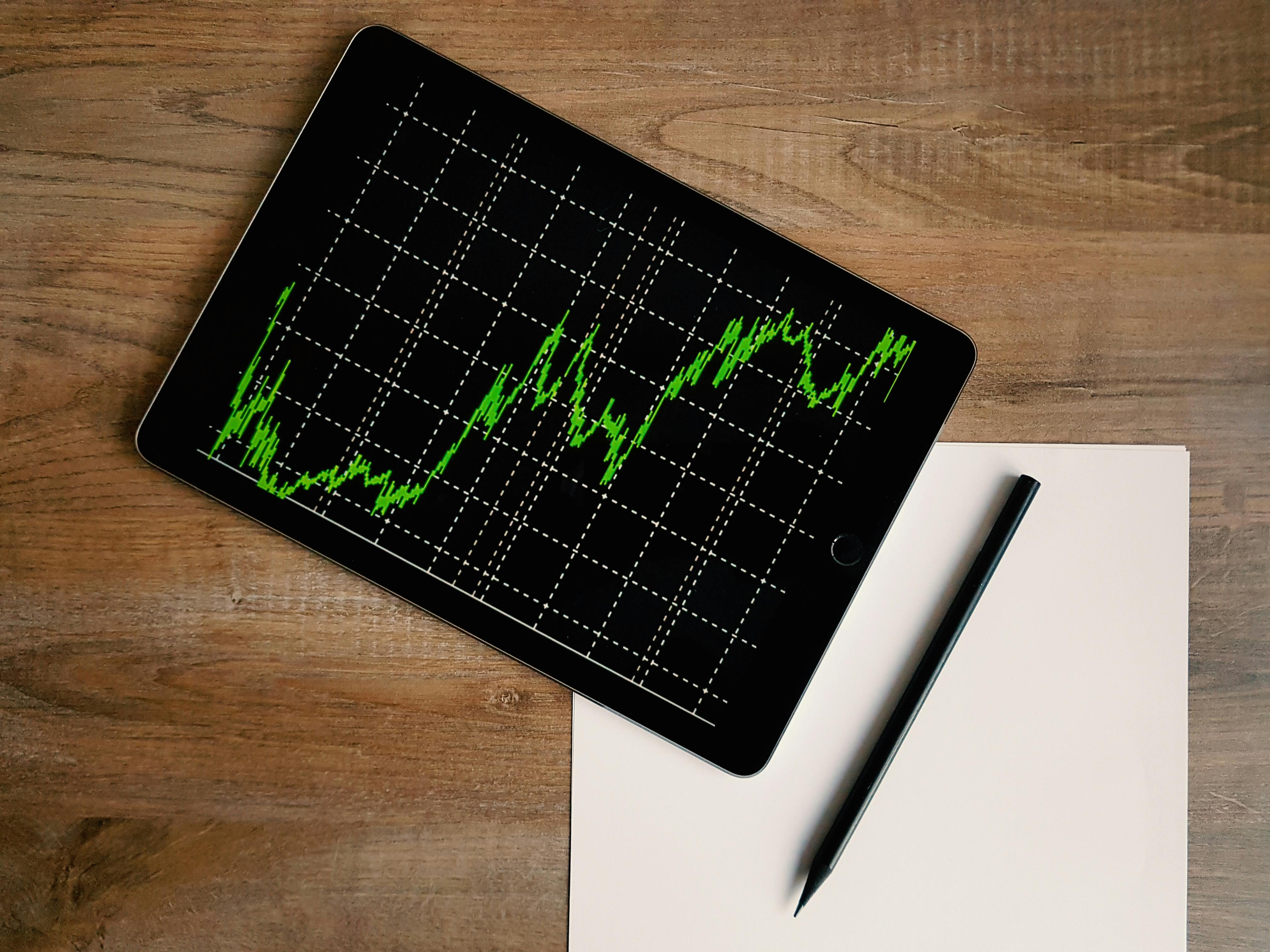Introduction
Margin trading allows crypto traders to amplify their positions by borrowing funds, but it also increases the risk of liquidation. Liquidation occurs when the value of a trader’s collateral falls below the required maintenance margin, leading to forced closure of the position by the exchange.
In highly volatile crypto markets, avoiding liquidation requires discipline, risk management, and strategic planning. This article explains the main causes of liquidation and outlines strategies to reduce exposure.
1. Understanding Liquidation in Margin Trading
How it happens: When asset prices move against a leveraged position, losses accumulate faster. If collateral cannot cover those losses, the exchange liquidates the position.
Example: A trader using 10x leverage needs only a 10 percent adverse price move to trigger liquidation.
Why it matters: Frequent liquidations erode capital and make long-term profitability almost impossible.
2. Use Conservative Leverage
Lower leverage levels provide more room for price swings without triggering liquidation.
Experienced traders often use 2x to 5x leverage, reserving higher levels for very short-term trades.
Conservative leverage reduces stress and allows better risk-adjusted returns.
3. Maintain a Healthy Margin Buffer
Never trade with the minimum margin required by the exchange.
Keep additional collateral in your margin account to absorb volatility.
A wider margin buffer allows trades to survive temporary price fluctuations.
4. Always Set Stop-Loss Orders
Stop-losses automatically close positions before they reach liquidation thresholds.
They act as a safety net, capping losses at predetermined levels.
Stop-losses should be placed at logical technical levels, not arbitrarily close to entry.
5. Diversify Trading Positions
Avoid allocating all margin capital to a single trade.
Spread exposure across different assets or strategies to balance risks.
Diversification helps offset losses when one position moves against expectations.
6. Monitor Funding Rates and Fees
Perpetual futures contracts charge funding fees that can accumulate over time.
Ignoring these costs can eat into collateral and accelerate liquidation risks.
Factor in both trading and holding costs when calculating risk exposure.
7. Stay Aware of Market Volatility
Crypto markets move rapidly on news, liquidations cascades, or whale trades.
Monitor liquidity, order book depth, and upcoming economic events.
Avoid holding high-leverage positions during extreme volatility.
8. Use Risk Management Tools
Position sizing calculators help determine appropriate trade sizes.
Hedging with options or futures can offset directional risks.
Automated trading systems can enforce stop-losses and reduce emotional decision-making.
Conclusion
Avoiding liquidation in crypto margin trading requires a disciplined approach to leverage, collateral management, and risk controls. By using conservative leverage, maintaining buffers, setting stop-losses, and staying alert to volatility, traders can significantly reduce the chance of forced liquidations and improve long-term success.
Block3 Finance provides guidance for traders and crypto businesses on implementing robust risk management frameworks, helping them navigate leveraged markets with greater confidence and financial stability.
If you have any questions or require further assistance, our team at Block3 Finance can help you.
